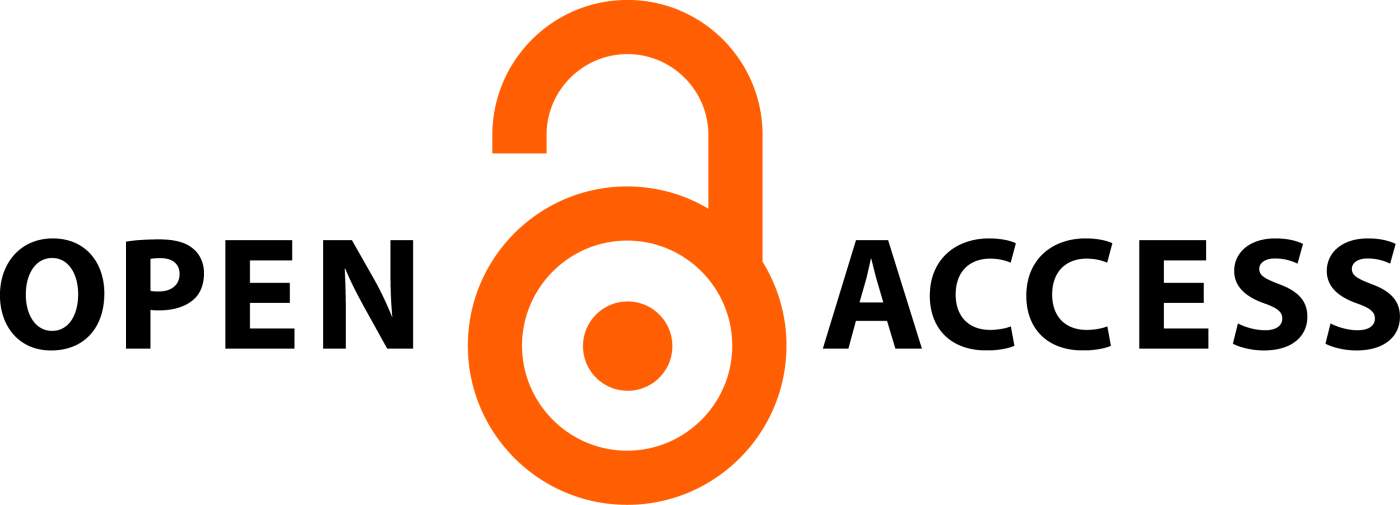A PROSPECTIVE OBSERVATIONAL STUDY AND COMPARATIVE EFFICACY OF TOPICAL BENZOYL PEROXIDE AND MINOCYCLINE GEL WITH AND WITHOUT ADDED CHEMICAL PEEL IN ACNE TREATMENT
Effect of Chemical peel on the treatment of Acne vulgaris
Abstract
Objective: This prospective observational study aims to evaluate effectiveness of combination of topical benzoyl peroxide and minocycline gel comparing it with and without added chemical peel in acne vulgaris treatment
Methods: In This study we have observed the effectiveness of two different treatment regimens in acne treatment. Based on the GAGS Scale the severity index of subjects were observed. A cohort of 110 young and adult population are included in our study.
Results: A study on Acne vulgaris (110 cases, 6 months) revealed a higher prevalence among females (70.9%). Severity at visit: severe (65.4%), moderate (24.5%), very severe (10.1%). Follow-ups showed a decrease in severe cases and an increase in mild. No initial counselling on food limitations was provided. Males comprised 29.1% of cases. Further analysis may elucidate treatment efficacy and the potential impact of lifestyle factors on acne management.
Conclusion: This study compares combining topical benzoyl peroxide and minocycline gel alone versus with chemical peel for acne treatment. Chemical peel adjunct shows enhanced efficacy, lower recurrence, and scar reduction. Female predominance noted among 110 patients. Regular follow-ups and standardized acne scoring recommended. Physicians should be educated on benefits of combination therapy. Result is better clinical clearance with chemical peel addition.
Downloads
All the articles published in JAPSR are distributed under a creative commons license (CC BY-NC-SA 4.0)
Under this license, you are free to:
- Share- copy and redistribute the material in any medium or format for any purpose, even commercially.
- Adapt- remix, transform, and build upon the material for any purpose, even commercially.
The licensor cannot revoke these freedoms as long as you follow the license terms.
- Attribution — You must give appropriate credit , provide a link to the license, and indicate if changes were made . You may do so in any reasonable manner, but not in any way that suggests the licensor endorses you or your use.
- NonCommercial — You may not use the material for commercial purposes .
- ShareAlike — If you remix, transform, or build upon the material, you must distribute your contributions under the same license as the original.
- No additional restrictions — You may not apply legal terms or technological measures that legally restrict others from doing anything the license permits.
Copyright policy
The journal allows the author(s) to hold the copyright of their work. That means the authors do not need to transfer the copyright of their work to the journal. However, the authors grant JAPSR a license to publish the article and identify itself as the original publisher.
Licensing policy
The journal allows the author(s) to hold the copyright of their work. That means the authors do not need to transfer the copyright of their work to the journal. However, the authors grant JAPSR a license to publish the article and identify itself as the original publisher.






